Choosing the right collar for your dog
- August 19th 2019
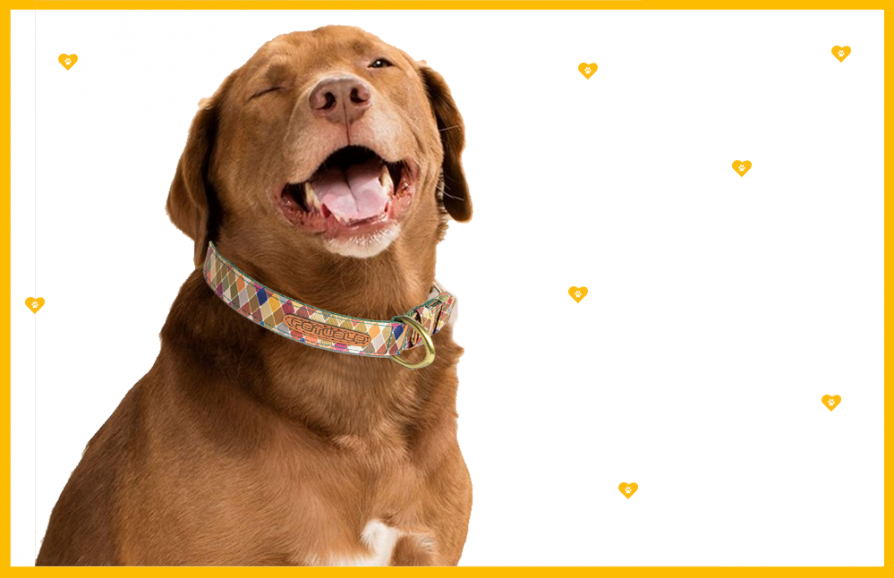
Not all collars are made equal. Choosing the right collar for your dog can be a daunting task, especially when you don’t know what variables to consider. A collar is an important accessory – your dog will be wearing theirs often and for long periods of time, so it is worth doing your research to choose the right one.
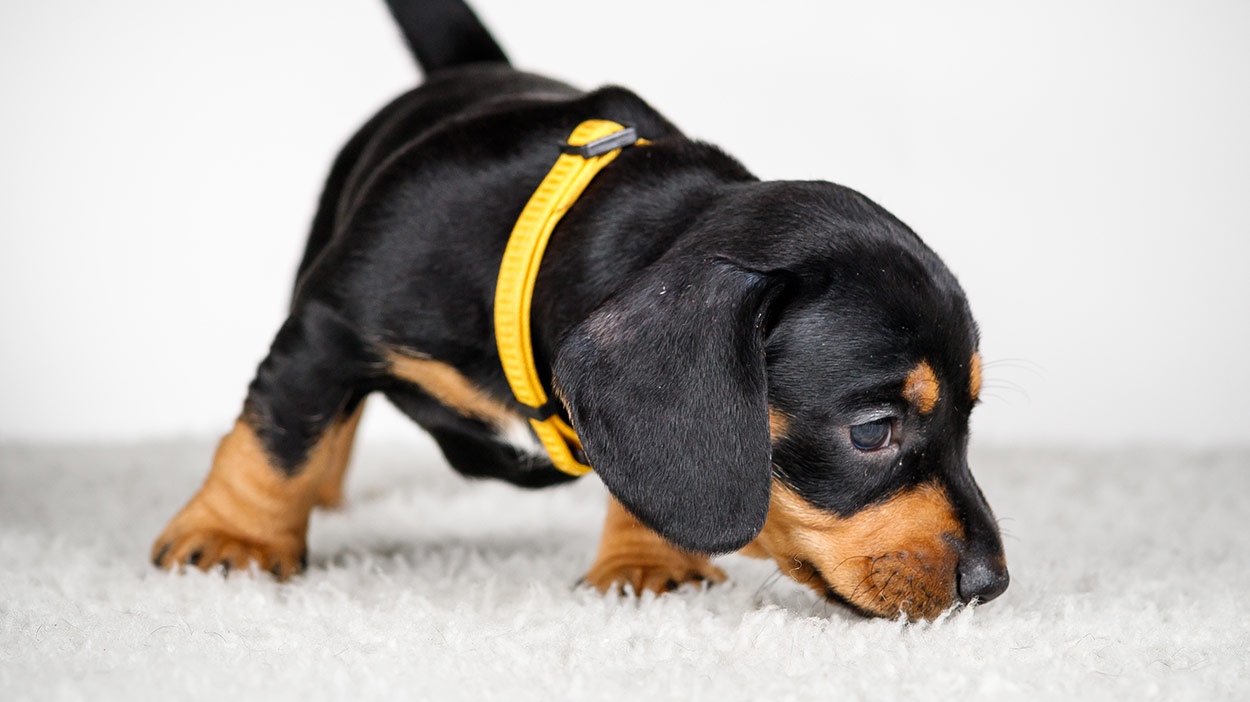
In this article, we’ll explore what you need to consider when choosing a dog collar and what your options will be.
Styles of dog collars
There are various styles of dog collars. When choosing a style of dog collar, it’s important to think about why you want to purchase the collar. Is it for identification? To allow your dog to express themselves? To take your dog out for a walk? All three? The right dog collar will depend on its use and the breed of dog you have.
Here are some common styles of dog collars:
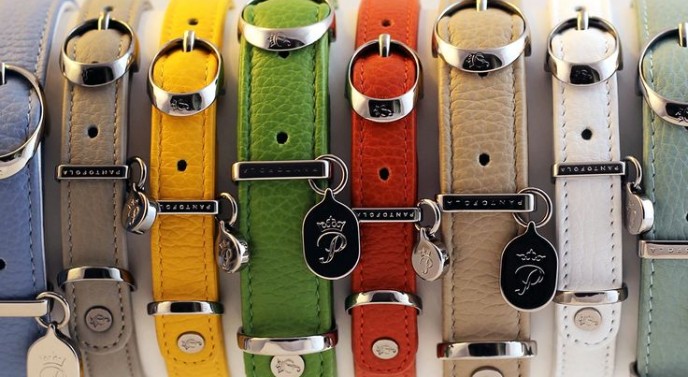
Buckled flat collars – Flat collars are the most popular type of collar among pet parents. They sit flat against your dog’s fur and are easily available. Flat collars with a buckle, such as the Poochmate Slate Felt Classic Collar , allow you to adjust the size of the collar as your dog grows. These collars are smart and trendy, and always sophisticated!
Flat collar with clasps – These flat collars have clasps on the side instead of buckles, which allow you to take them off with a simple press and tug. Most of these collars are also adjustable, and are extremely convenient to put on your dog. And they look great too – any pooch with the Mutt Of Course Stud Muffin Dark Denim Collar is bound to be the best dressed at a dog party. The Ruffwear Blue Mountain Hoopie Collar is another favourite, with a quick ring that allows you to easily attach a tag.
Martingale collars – These collars look similar to a flat collar, but have metal links or buckles on them like the Petwale Diamond Martingale Collar . These collars were originally designed for Greyhounds and Whippets, which kept escaping their collars by slipping them off. The unique design of a Martingale collar means it tightens if you tug on a leash, making it difficult for your dog to slip out of them.
Smart dog collars – These dog collars are new, and can be an effective way to keep track of your dog. Smart collars have inbuilt technology; so they have GPS, WiFi and sometimes data that can deliver stats about your dog to your phone. The GPS is especially useful if you have a dog that wanders, and this collar keeps many pet parents’ minds at ease.
There are also prong collars (which have prongs on the inside) and choke collars, but we strongly don’t recommend those. Ostensibly created for training purposes, these collars can be extremely dangerous for your dog and can sometimes be fatal. It is far better to train with patience, treats and a lot of love.
Harnesses
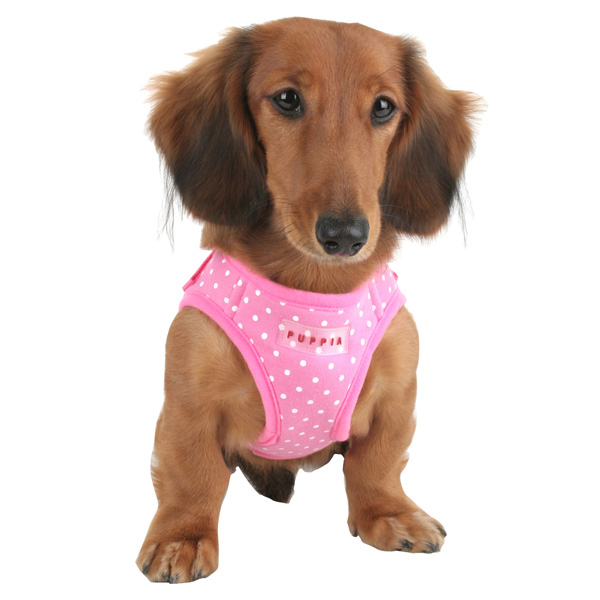
A harness is now a popular option for walking your dog. Collars tend to fit around your dog’s neck and can choke them if your pet tugs too fiercely. Harnesses, on the other hand, fit around your dog’s chest and body and provide a more secure grip. If your dog is tugging at their leash, the pull is now distributed over their body (as opposed to only on their neck), which makes harnesses the more comfortable option for exercise.
There are several types of harnesses. You can opt for a simple harness, such as the Trixie Red Classic Harness, which is made of nylon. Or you could choose a padded harness, such as the Ruffwear Orange Front Range Harness or the YUP Comfort Harness , which is made of soft and plush material that allows for natural movements and breathability.
Choosing the material
Dog collars come in several materials, which means you have to choose one that would work best for your dog. Some of the materials available include:
Nylon – This is a dog collar staple, like the classic Trixie Collar Berry. It’s popular among pet parents and usually comes in a range of designs. This material may not be suitable for dogs that play outdoors a lot, as nylon can get smelly over time.
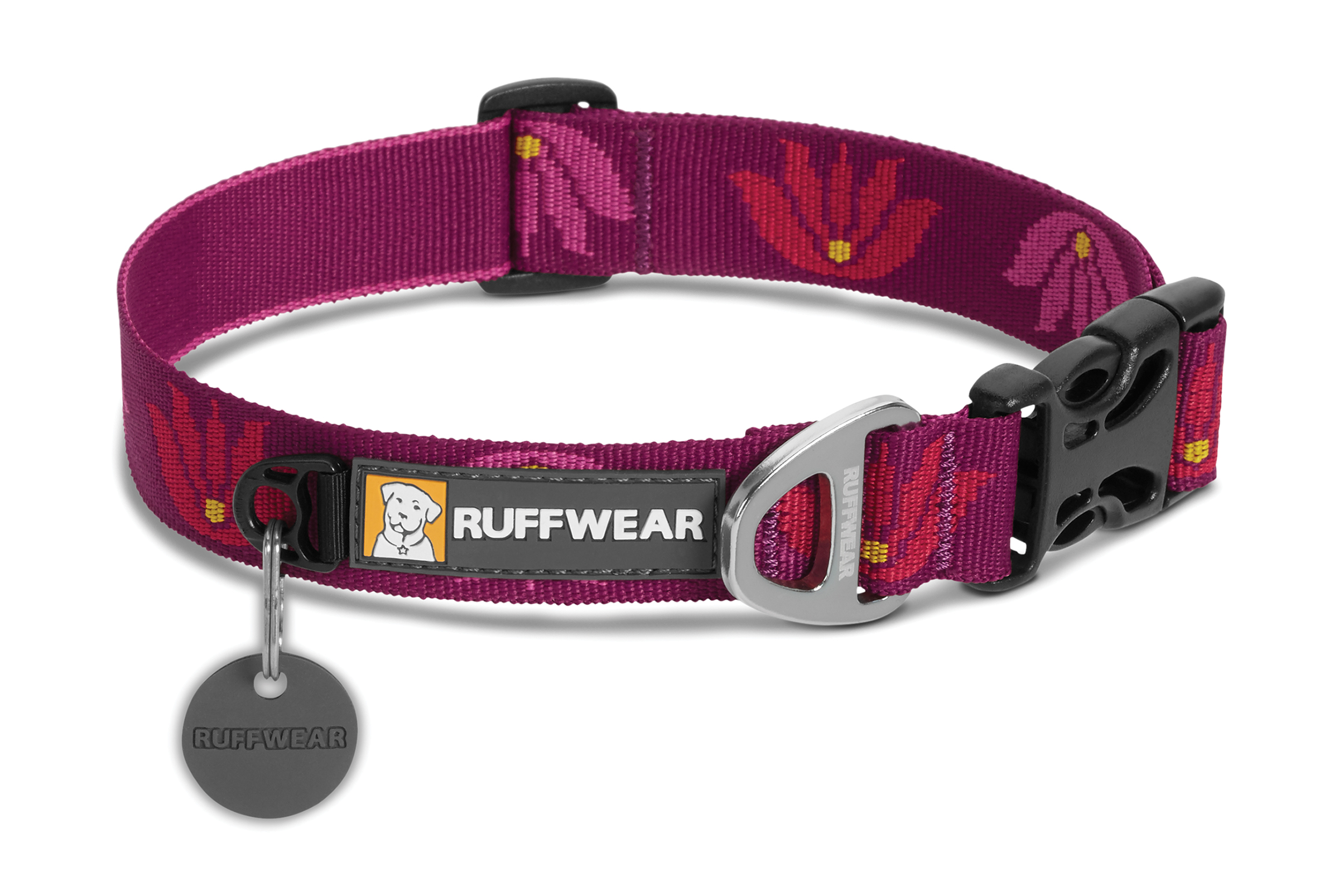
Leather – This is a classic dog collar material. It’s durable against the elements but also pliable, and tends to soften with your dog’s natural oils.
Waterproof materials – There are now several dog collars that are waterproof, which is great for the rainy season or for a dog that loves to swim.
When selecting a material, consider your dog’s breed, what allergies they may have and how long you plan to keep the collar on them in one go. A collar that isn’t sized right or is the wrong material can irritate your dog’s skin, causing rashes.
Lastly, don’t
worry if you get the collar wrong! Comfort and fit is about trial and error, so
feel free to change your dog’s collar if it doesn’t seem like they like it. And
don’t forget to choose a design that suits your pet’s personality. Each dog is
unique – and collars are a great way to celebrate it.
Comments
No posts found
